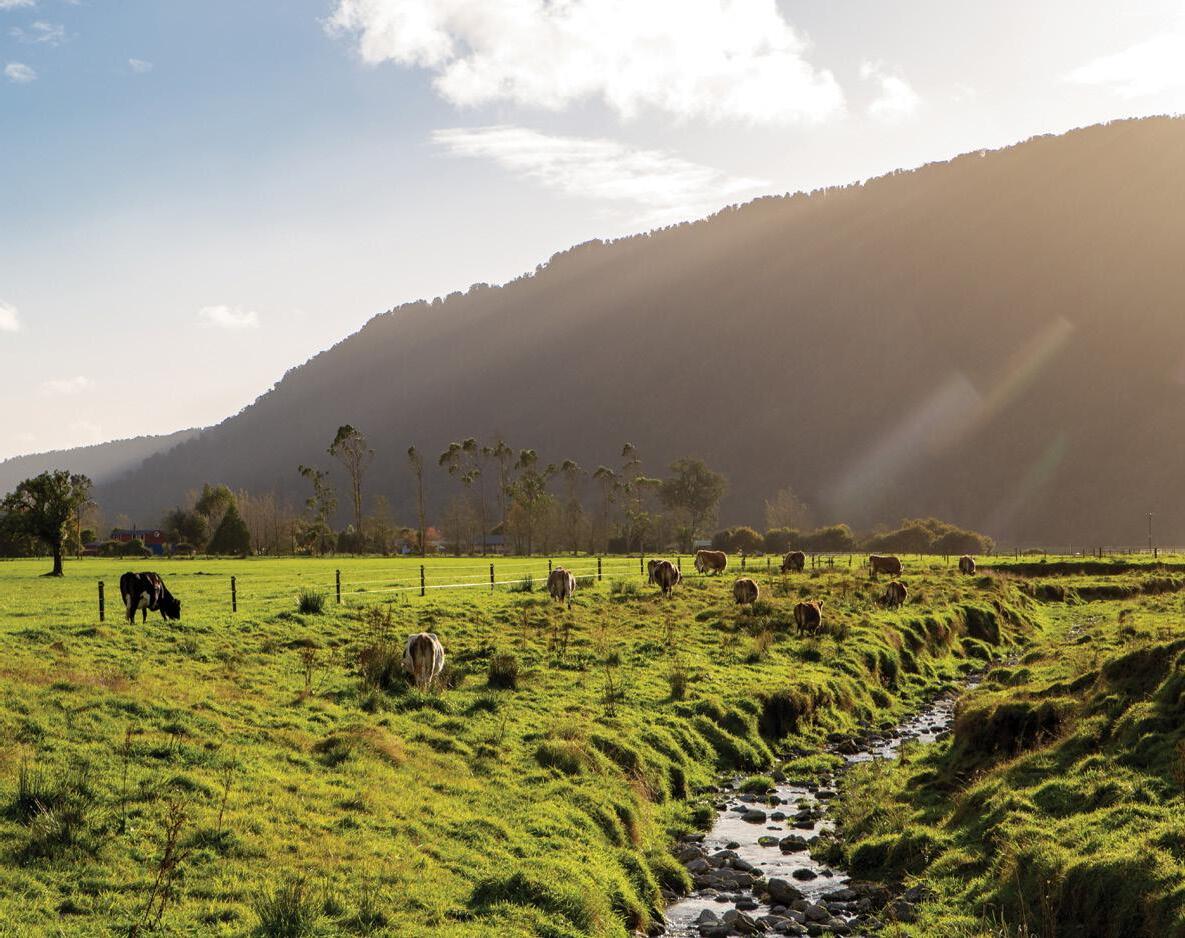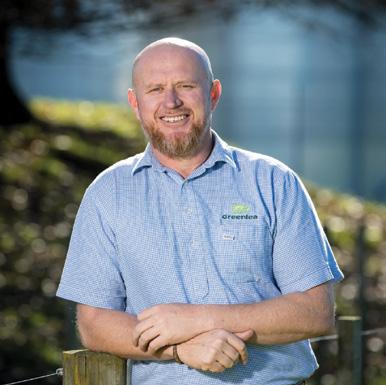
2 minute read
GREG’S COLUMN
Extreme weather events, a new Prime Minister, an election year, Fieldays in the summer, labour shortages still an issue and the list of talking points goes on.

The Bulletin had a summer hiatus as the Greenlea team pressed the flesh throughout the spring at our farmer supplier meetings across the North Island and at the Fieldays held at the end of November. Both very successful ventures in my mind. Of note is that Fieldays will be back to its usual winter positioning in June this year.
The abundant rain and warm weather prevalent in most North Island regions have resulted in substantial grass growth and good weight gain for dry stock farmers, as well as helping maintain production for dairy farmers. However, for both bull and dairy farmers, it is advisable to act promptly in getting your cattle into the works in March, due to the limited availability of space that will ensue as the dairy cow cull commences. Despite the presence of ample feed and high replacement costs, numerous bull farmers have yet to complete their processing; this will only worsen the availability of space. Talk with your Greenlea buyer and book your stock in as early as you can to avoid a lengthy wait.
The next instalment of farm level regulation you are likely to encounter are Freshwater Farm Plans (FWFP). These are management plans that will be developed by yourselves, specific to your farm/s. They are purposed to improve the quality of the country’s freshwater resources. The plans aim to address water quality issues by identifying and addressing the sources of pollution, such as sediment, nitrogen, and phosphorus runoff from agricultural lands. They should include specific targets and actions to reduce these pollutants and promote sustainable land use practices. The plans also involve regular monitoring and reporting to ensure progress is being made. The implementation of Freshwater Farm Plans is a key component of the New Zealand government’s goal to improve the health of the country’s rivers, lakes, and groundwater resources.
Greenlea is working closely with local councils and central government agencies to align these plans with current Farm Plans you may have in place and will communicate as much real information to you as succinctly as we can. We will again work closely with yourselves and industry to get low cost (as in your time only) options such as catchment or area workshops started. These will allow further explanation of the FWFP and provide an opportunity for you to complete yours.
As regulatory and compliance measures increasingly encompass all aspects of the farming industry, and with the termination of live export cattle, I foresee a trend towards the establishment of high-performance farming teams through building and maintaining reliable relationships. These teams will entail the connection of beef finishers with dairy farmers, who will rear cross-bred beef calves of superior quality, and store stock farmers, who will raise these calves to a maturity of 15 to 18 months. Greenlea recognizes the potential value of such arrangements and has the capacity to facilitate these connections between dairy and sheep and beef farmers. Each of these high-performance teams will be supported by a diverse array of experts, including consultants, accountants, bank managers, fertilizer and seed representatives, and, notably, the processor. As processors assume a more proactive role in shaping the decisions of their suppliers through closer more intimate relationships, it is crucial to comprehend their expectations and requirements of your farm business. Doing so will help mitigate challenges related to availability of space and facilitate the development of supply plans that enhance the flow of capital and allow for a more stable business model. Engage your Greenlea buyer to discuss this further.




